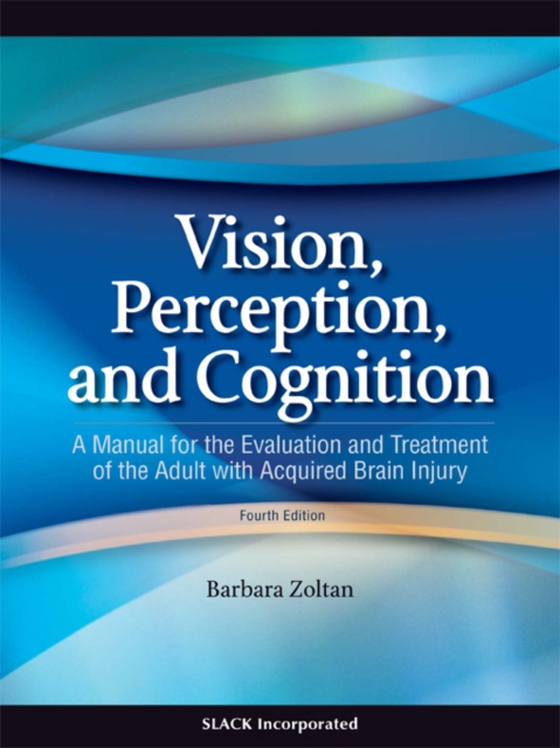
Vision, Perception and Cognition e-bog
619,55 DKK
(inkl. moms 774,44 DKK)
Vision, Perception, and Cognition, Fourth Edition is a concisely structured text that expertly addresses clinical reasoning and decision making for the entire evaluation and treatment process of the adult with acquired brain injury. Provided are theoretical information, guidelines for both static and dynamic assessment, information on specific standardized evaluations, guidelines for adaptive a...
E-bog
619,55 DKK
Forlag
SLACK Incorporated
Udgivet
14 januar 2007
Længde
368 sider
Genrer
Cognition and cognitive psychology
Sprog
English
Format
epub
Beskyttelse
LCP
ISBN
9781630919047
Vision, Perception, and Cognition, Fourth Edition is a concisely structured text that expertly addresses clinical reasoning and decision making for the entire evaluation and treatment process of the adult with acquired brain injury. Provided are theoretical information, guidelines for both static and dynamic assessment, information on specific standardized evaluations, guidelines for adaptive and restorative treatment based on described theoretical and evidence-based information, and information on environmental impact of client performance. Inside this best-selling book, Barbara Zoltan, MA, OTR/L addresses visual, perceptual, and cognitive evaluation and treatment, providing structure, clarity, and content suitable for both students and experienced clinicians. In this edition, students and clinicians will benefit from the numerous tables, figures, and extensive references presented throughout the text, as well as the inclusion of a glossary, for easy reference to terminology used throughout. Component areas covered include: Primary visual skills; apraxia and agnosia; visual discrimination skills; orientation; attention; memory; self-awareness and monitoring; planning and organization; problem solving and decision making; categorization; mental flexibility; abstraction; generalization and transfer and acalculia. New topics addressed in this Fourth Edition include: Constraint-induced therapy; brain plasticity/functional reorganization; neuroimaging; specific occupation-based models and evaluations; contextual influence on client performance; client-centered practice; client learning capacity; clinical reasoning; interviewing; standardization; visual vestibular processing; pupillary response; and contrast sensitivity. Faculty will be impressed by the addition of an on-line instructor's manual for additional classroom learning objectives and activities.
 Dansk
Dansk

